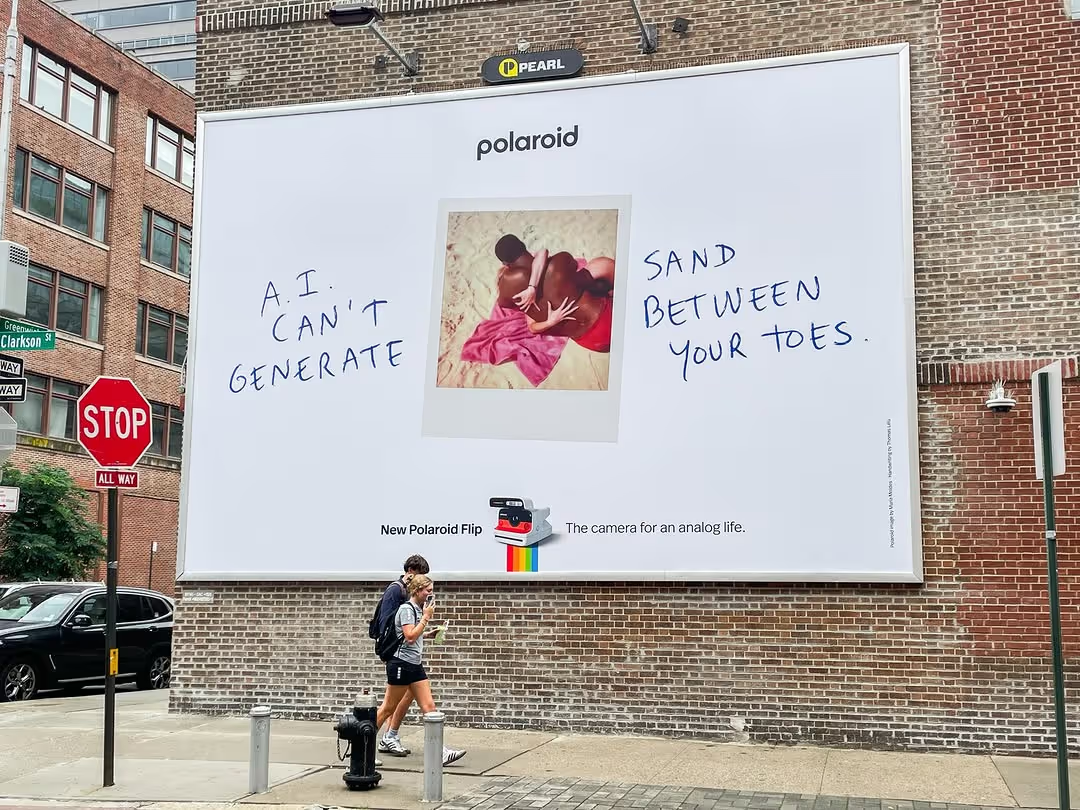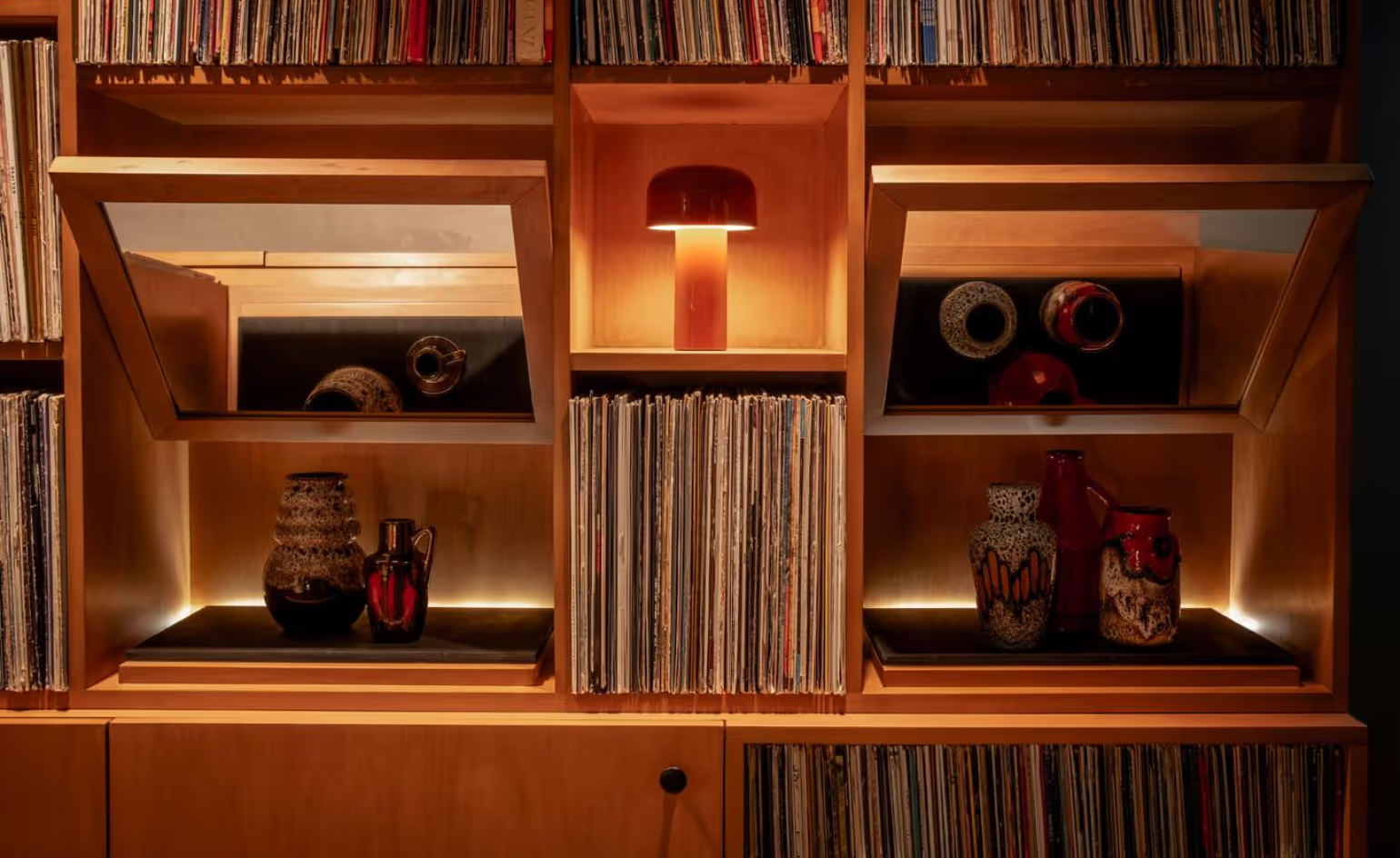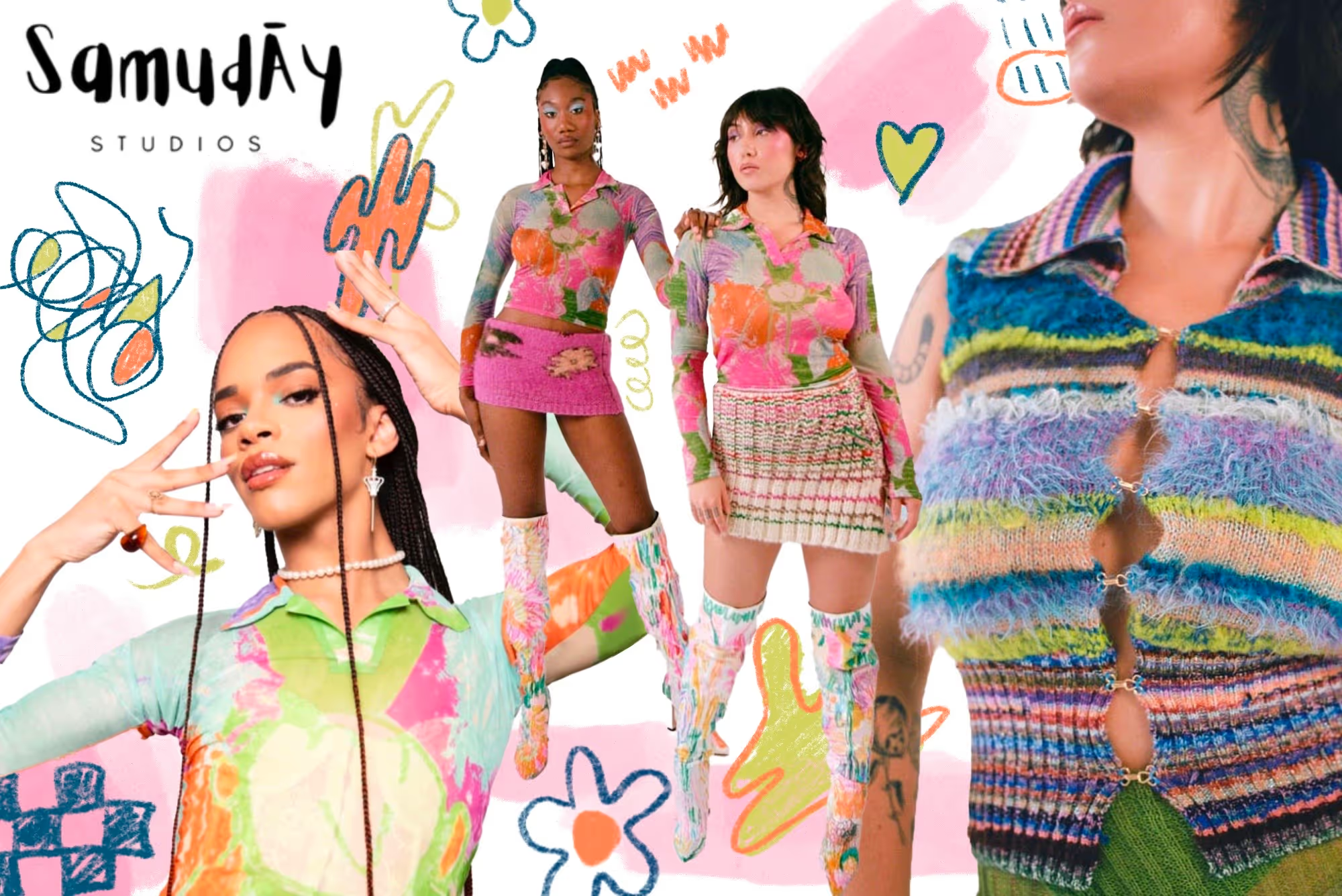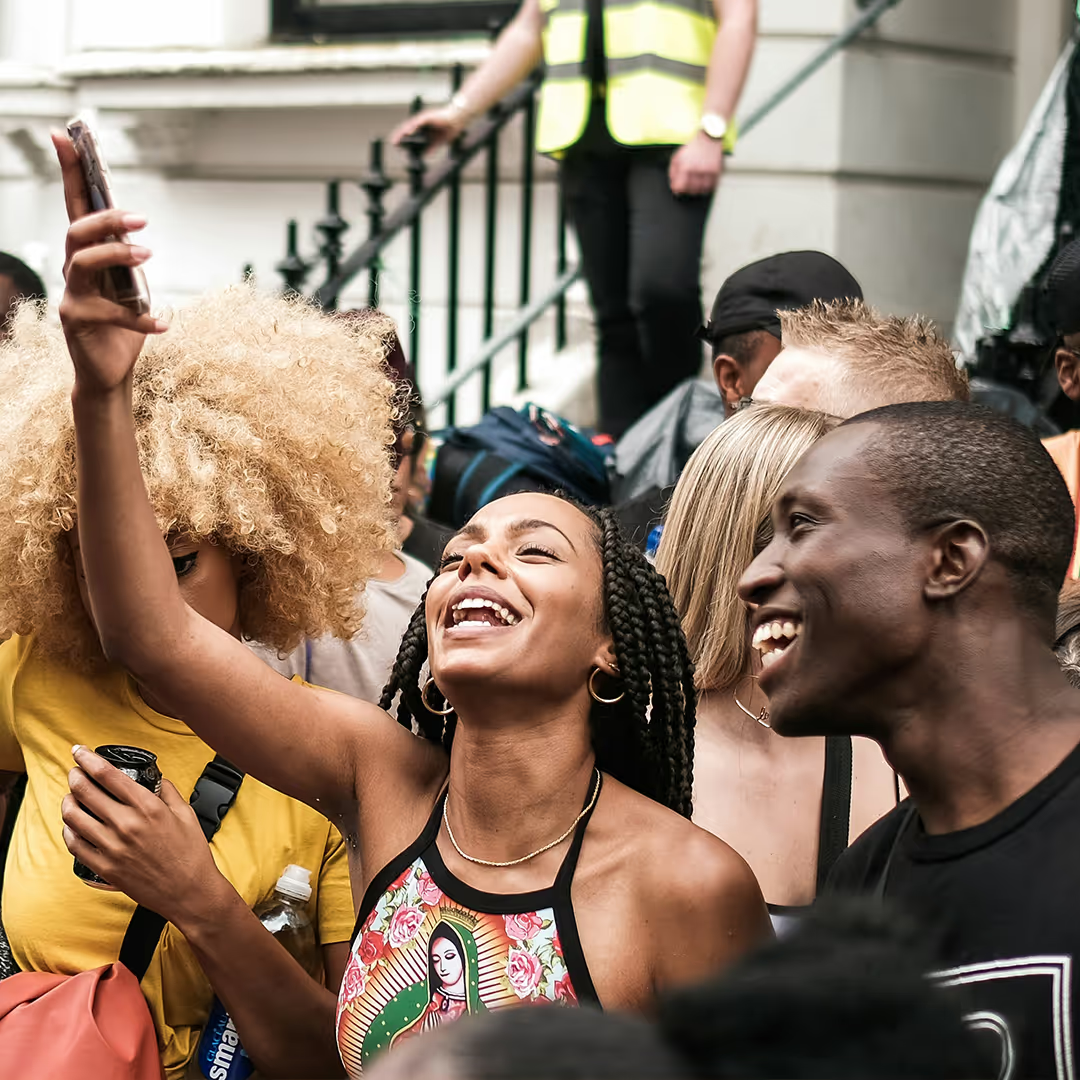.avif)
ThreeSixty Insights: The Rise Of Slow
The world is changing at breakneck speed; there’s always something new, but it isn’t always better. The internet promised to keep us connected, but many of us feel like we’re isolated. Yet, all hope isn’t lost. All over the globe, people are turning back the clock and rediscovering old ways of doing culture. Slower ways that bring us together, in real life, so we can truly feel connected.
So what are people doing about it?
The antidote to digital burnout is real connection and activites that help you to relax, stay grounded and slow down. From chess clubs to group reading sessions young people are seeking out movements, events, communities that counter digital overload. Within this weeks ThreeSixty we have highlighted some of the most popular slow trends that are shaping how young people turn up IRL.
The Rise Of Photography
In a world of endless scroll and disposable content, photography is having a quiet renaissance and not the kind fuelled by algorithms. From analogue cameras to long-form photo essays, we’re seeing a shift away from the fast, filtered world of digital snapshots toward slower, more intentional forms of image-making. It’s part of a wider cultural movement that’s about reconnecting with places, people, and moments rather than just documenting them.

Sales of analogue cameras have surged in recent years. According to a 2023 Statista report, the global film camera market is expected to grow steadily, with the resurgence led by younger generations particularly Gen Z. For many, shooting on film is a rebellion against the perfectionism of Instagram and the instant gratification of smartphone photography. There's a slowness built into the process: you load the film, frame your shot, wait for development. It forces you to be present — and that presence becomes part of the art.
Culturally, this return to slower photography practices can be seen everywhere from zine fairs and darkroom workshops to community exhibitions. Artists like Tyler Mitchell, who made history as the first Black photographer to shoot a Vogue cover at age 23, are blending editorial polish with documentary intimacy, grounding their work in real relationships and lived experiences. Platforms like It's Nice That, Palm Studios, and Ladybeard are championing emerging photographers who are using the medium to tell hyper-local stories, celebrating the everyday with depth and feeling.

Reading Is Back
All hail the humble book. All over the world, people are picking up paperbacks and revelling in a good old fashioned story. And they aren’t doing it alone. Take Reading Rhythms for example. The ‘reading party’ series currently running at New York City’s Hudson Yards brings several hundred New Yorkers together to sit and read. Separate books, no celeb talent involved, lightly guided discussions – it’s a party for your brain that’s encouraging community, a quiet oasis in a busy, technologically-saturated city.
Other reading communities include Service95’s Book Club. Dua Lipa is a pop star who has made brains central to her brand. Service95 is her ‘cultural concierge’, and through its book club, Dua’s fans can join her in reading a new book each month, as well as watching her quiz their authors in genuinely thoughtful and charmingly lo-fi video interviews. It’s not the typical output for a pop girly but it shows the desire for a slower kind of community.
Less organised, but no less important, is the infamous #BookTok. A social media community, yes, but one which encourages taking time away from the app and devoting it to the written word. There may be fights, some of the popular titles may be questionable, but it is undoubtable that the community has encouraged many people to start regularly reading, and that can only be a good thing.

Let's Get Physical
Gen-Z might have been raised in a digital world, but when it comes to music, they’re embracing analogue technology with both hands. Sales of physical music formats have been rising, and it suggests mindset change around music itself. On Tiktok, teenagers and young adults are making videos proudly showing off their vinyl and CD collections, and even cassette tape collections. Young people are shifting towards consuming less music, more intentionally, whilst knowing they’ll own it forever.
People are also listening to analogue music together. Listening bars, bars specifically designed with beautiful, intricate, and high quality (usually vinyl) sound systems are popping up all over the world: Jumbi and Brilliant Corners in London, Clutch Bar in Bankok, Hosoi in Stockholm, the list is endless.
Brands like Valentino and Aimé Leon Dore have even installed listening rooms in-store. Artist Devon Turnbull’s installation Hi-Fi Listening Room Dream No. 1, has been travelling the world to sold out audiences for years. There’s clearly something appealing about rejecting the ubiquity and individuality of music brought about by streaming, and instead gathering together to listen to the same tracks, at the same time.

So What Does This Mean For Brands?
This emerging trend presents a huge opportunity for brands to empower young people and invest in activity that facilitates real connection and slowing down.
Whether it’s a yoga retreat, chess club, an organised hike in the woods, there are a huge range of opportunities for brands to create something that helps young people escape the digital overload.
Thinking about your brand values and what organically fits into your brand world when it comes to investing in slow movements. Young people are cying out for more opportunities to connect and brands who can facilitate this will gain recognition and advocacy.



